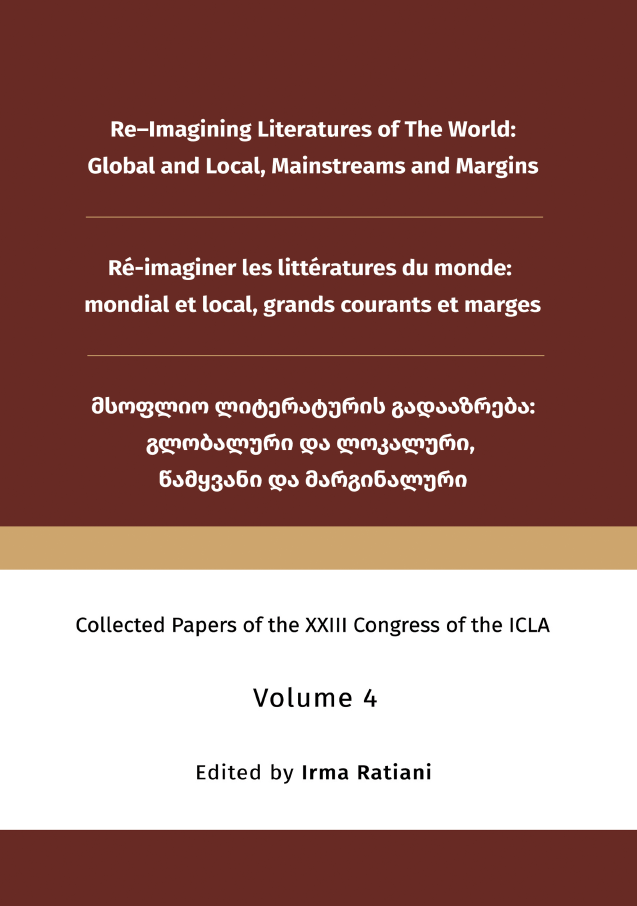The Rhetoric of Videogame between Elocutio, Dispositio and Inventio: a Theoretical Proposal
Main Article Content
Abstract
The hegemony of digital culture has imposed a shift in the way of understanding narrative logics, which can no longer ignore a transmedia perspective. The task of comparative literature should be to study the new narrative modes using its own tools – especially rhetorical ones – through to a comparison between the different media that takes into account the specificities of each one. The aim of this intervention is therefore to study the rhetoric of the videogame, the figural set suitable for its specific narratives. From the figurality of dispositio, we have different perspective modes through the camera control and the camera angles between first person, third person or isometric. In elocutive figurality, we find direct effects on the level of expression such as photography between the use of light and colors, or the difference between the use of music in a diegetic and extra-diegetic way. Finally, the figurality of the inventio can be reread according to the intuitions of Northrop Frye in Anatomy of Criticism relating to the degree of stature of the character: based on the freedom offered to the player and his way of interfacing with the physics of the game – intended both as the environment that like the other characters –, the videogame can change its narrative arrangement, now configuring itself according to a mythical mode – the player has full control of the surrounding world as it is totally superior to it, as in Minecraft and in the crafting games –, or romantic mode – the player has more limited control but can still intimately affect the structures, as in the latest Zelda or Portal –, or high-mimetic mode – the player has no control over the environment, but is superior to other characters as in most video games centered around the combat system –, and so on.
